1. Snailfish with No Bones and See Through Skin
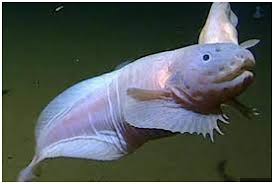
Sometimes the strangest things on Earth are not found in outer space but deep beneath the ocean. The Mariana Trench, the deepest part of the sea, has revealed creatures that feel almost impossible. One of the oddest is the snailfish, with its jelly like body and see through skin. It has no real bones and looks so fragile that it might melt in your hands. Yet this delicate creature thrives in crushing depths where others cannot survive. Its strength lies in softness, showing us that survival takes many shapes. From here, another creature finds safety in size.
2. Giant Amphipods That Look Like Alien Insects
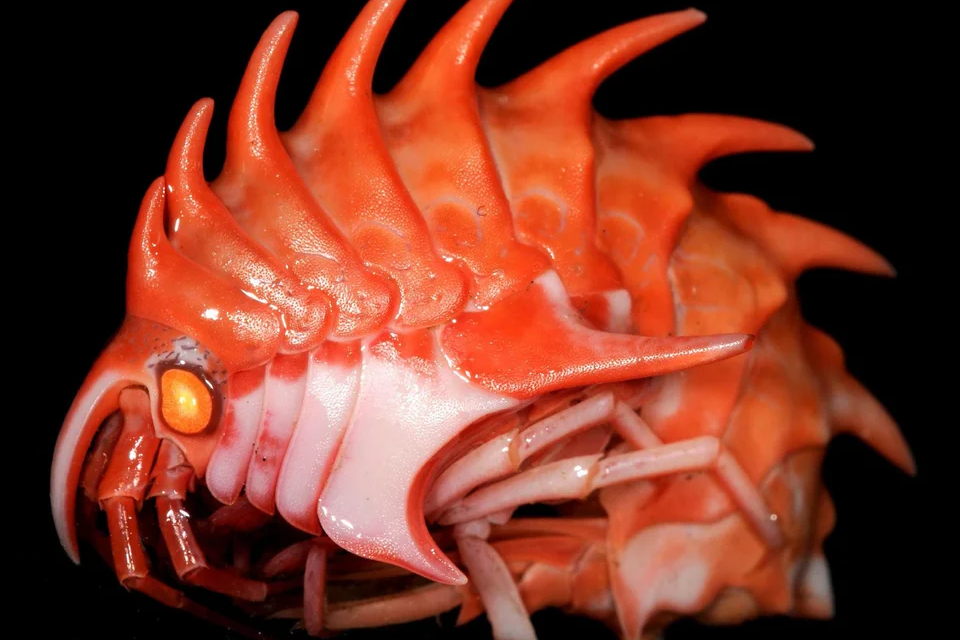
If snailfish are fragile, giant amphipods seem built like tanks. Growing as large as a hand, these oversized crustaceans scuttle across the seafloor with armor like shells. Their translucent bodies glow faintly as they feed on whatever sinks from above, from scraps of fish to full whale carcasses. They are survivors, living off the leftovers of the ocean. Strange and unsettling to look at, they remind us how resourceful life can be when food is scarce. From armored scavengers that feed on the fallen, we now drift upward to a fish that peers through its own transparent head.
3. Barreleye Fish with a Transparent Head
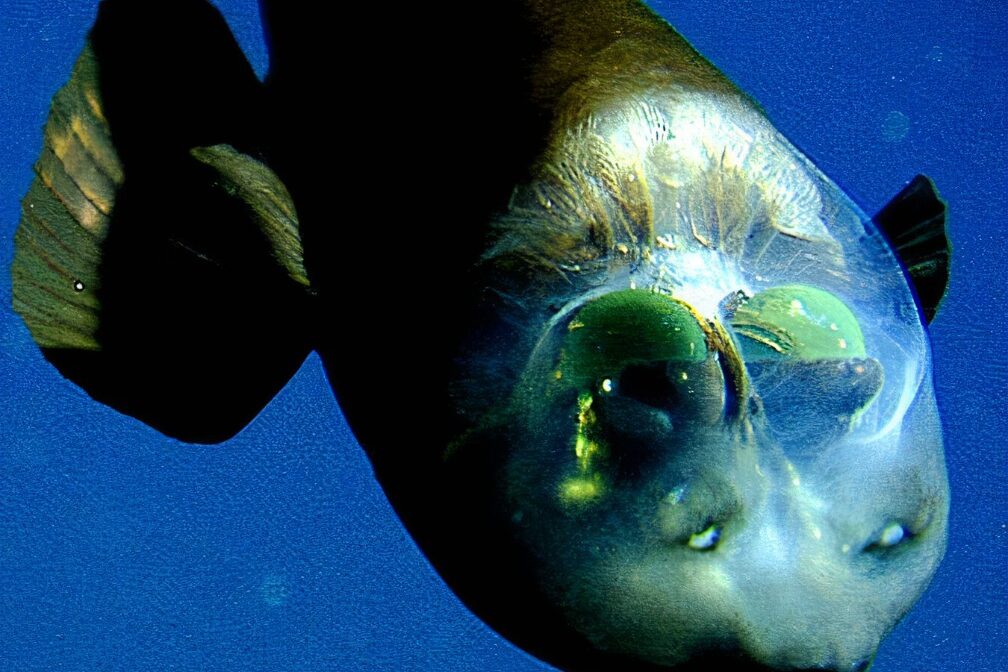
Few creatures look stranger than the barreleye fish. Its entire head is clear, like a glass bubble, and inside it two green eyes glow and move around. These eyes rotate upward, helping the fish spot prey against the faint light from above. In the dim twilight zone of the sea, this odd ability makes it a clever hunter. Watching one feels like staring at a living science experiment. It thrives where sunlight barely reaches, reminding us how life bends the rules. Moving along, we meet a creature that has no mouth or stomach but still eats in its own way.
4. Zombie Worms That Eat Bones
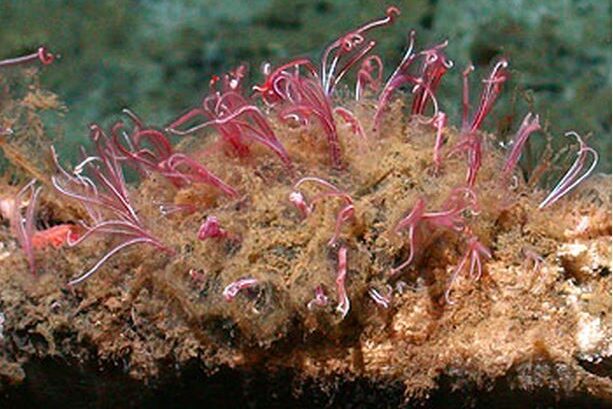
Zombie worms are small and strange, feeding not on flesh but on the bones of fallen giants. Found clinging to sunken whale skeletons, they have no mouth, no stomach, and no teeth. Instead, they dig into bones and rely on bacteria to break down calcium and proteins. This partnership gives them life where no one expects it. The worms thrive on death, filling a role in the ecosystem that would otherwise remain empty. Odd as they seem, they prove that everything has a place. From worms with no mouths, we now rise to an octopus with fins like ears.
5. The Dumbo Octopus with Ear Like Fins
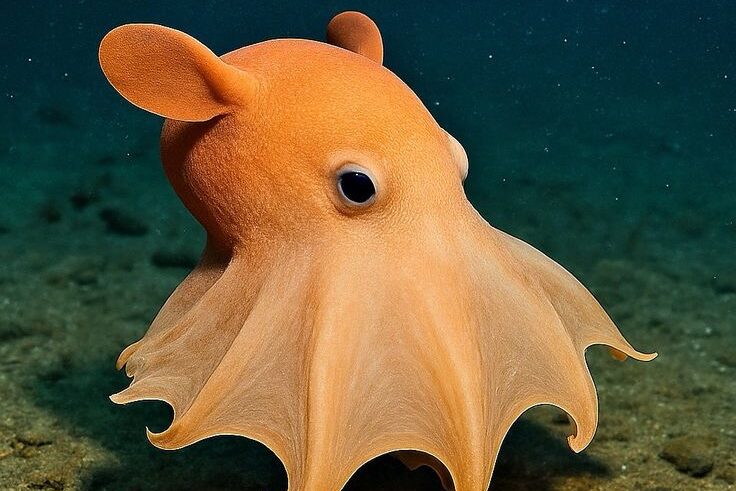
Floating softly through the deep, the Dumbo octopus looks almost playful. With a round balloon shaped body and ear like fins, it glides through the water as if flying. Its name comes from Disney’s Dumbo, and the resemblance is clear once you see it. While gentle in appearance, this octopus hunts quietly, sneaking up on prey in the abyss. Its calm presence makes it one of the most beloved deep sea creatures. After meeting this soft traveler, the trench quickly reminds us of its darker side with a predator whose glowing teeth make it nearly invisible to its victims.
6. Deep Sea Dragonfish with Glowing Teeth
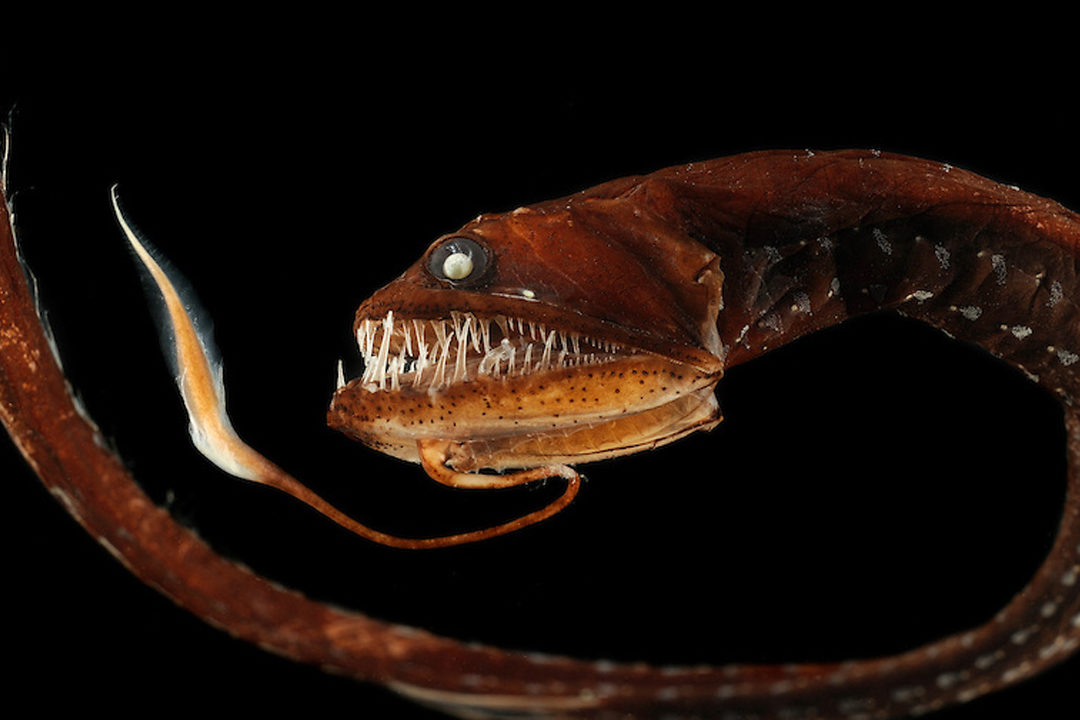
The dragonfish is a perfect predator in a place where light cannot reach. Long and thin, with sharp needle like fangs, it is built to ambush. Its teeth are coated in transparent enamel, making them nearly invisible in the black water. Some can even glow faintly, turning the fish into a ghostly hunter. It waits quietly until prey drifts close, then strikes without warning. This terrifying design keeps the dragonfish alive in one of the hardest places on Earth. Yet not every creature here bothers with sharpness at all. Some look more like drifting shadows than hunters.
7. Faceless Fish with No Eyes or Mouth
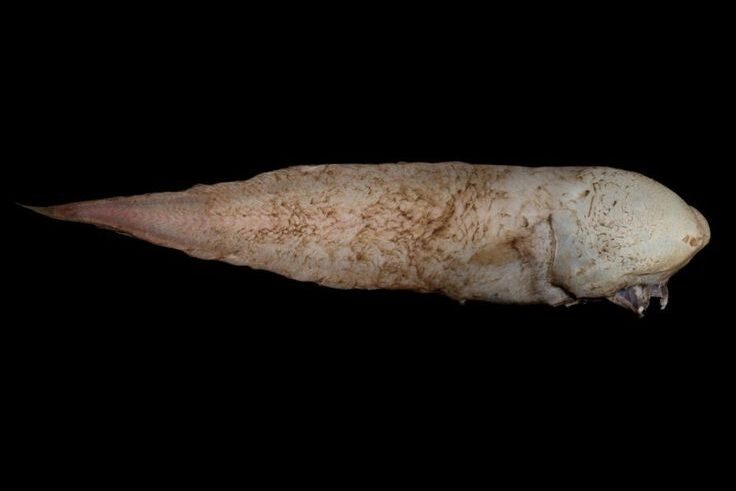
The faceless fish seems less like an animal and more like a mystery. Rounded and smooth, it has no visible eyes or mouth, just a pale shape drifting along the bottom. For years it was thought to be gone until it was rediscovered near the trench. On closer look, small slits show it can still breathe and feed in its own way. Its blank face gives it an eerie calm, different from sharp toothed hunters. It shows that not all survival is about speed or strength. From faceless creatures, we now turn to armored scavengers that look familiar.
8. Supergiant Isopods That Look Like Sea Roaches
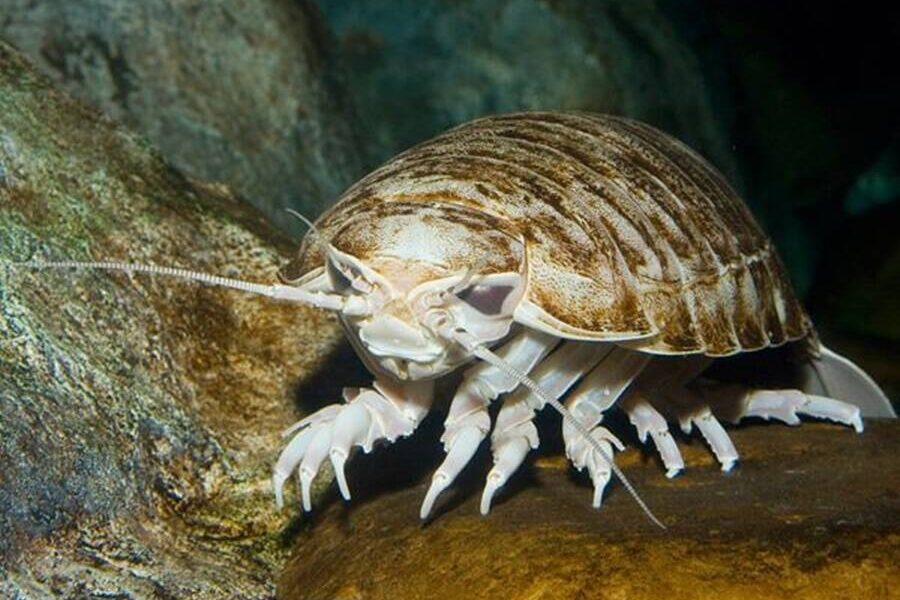
Imagine a roly poly bug, only stretched to the size of a football, and you have a supergiant isopod. These massive creatures crawl across the seafloor with thick shells and dozens of legs, scavenging whatever scraps they can find. They can survive for years without a meal, storing energy in ways we do not fully understand. They may look like sea roaches, but they are vital cleaners of the deep. Their unsettling size and shape make them hard to forget. From armored scavengers, we move to glowing jellyfish that light up the trench in rhythmic patterns.
9. Bioluminescent Jellyfish with Pulsing Red Rings
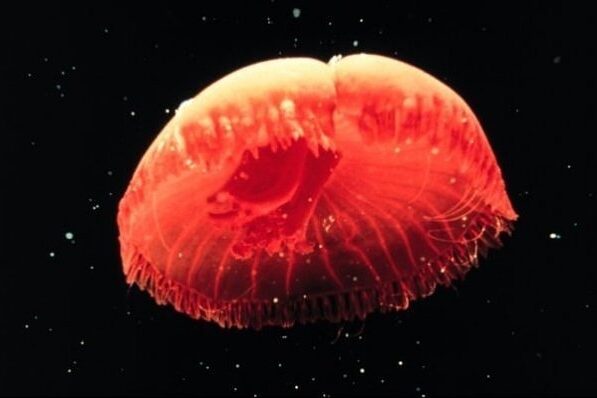
In the darkness of the trench, light often means life. One of the most haunting sights is the glowing jellyfish with rings of red light pulsing inside its clear body. Its glow pulses like a heartbeat, steady and mysterious. Scientists do not know if it is a warning, a lure, or a signal to others. Floating quietly, it looks like a living lantern in the abyss. Its slow rhythm gives the deep sea an unexpected beauty. From glowing signals, we shift to a creature that wears armor forged not by humans but by the Earth itself.
10. Snail Like Creatures with Iron Armor
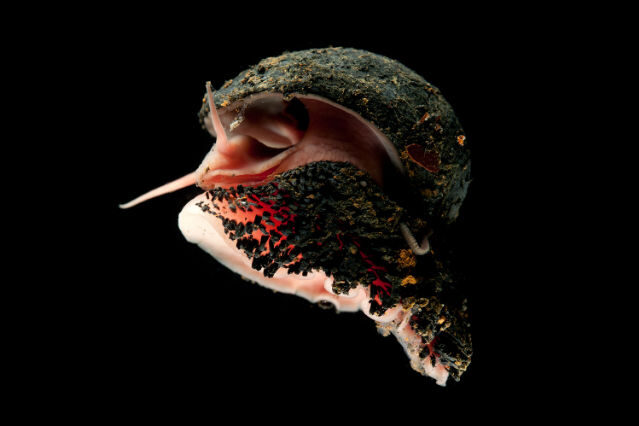
The scaly foot gastropod is a small snail with an incredible defense. Found near hydrothermal vents, it grows iron plates over its shell, creating natural armor. These iron sulfide scales make it look like a medieval knight walking the seafloor. No other animal on Earth builds armor this way. It shows how life uses whatever the environment provides to survive. This strange creation feels ancient and rare, a reminder of the creativity of evolution. Yet even here, at the deepest depths, survival is not free from the touch of humans and the impact of pollution.
This story was first published on Daily FETCH


